Modern cars are faster, more efficient, and packed with technology, but let’s be real—something got lost along the way. Back in the day, cars had personality. They didn’t just perform, they had presence. They were loud, raw, and full of attitude, built for drivers who wanted a machine, not a rolling computer.
Some of today’s revivals try to bring back that old-school magic, but they’re just not the same. The originals had something their modern versions can’t quite replicate—soul. Whether it’s the untamed power, the aggressive styling, or just the fact that they were built in a time when manufacturers cared more about performance than fuel economy regulations, these classics still reign supreme.
1970 Chevy Camaro Z28 vs. 2024 Camaro
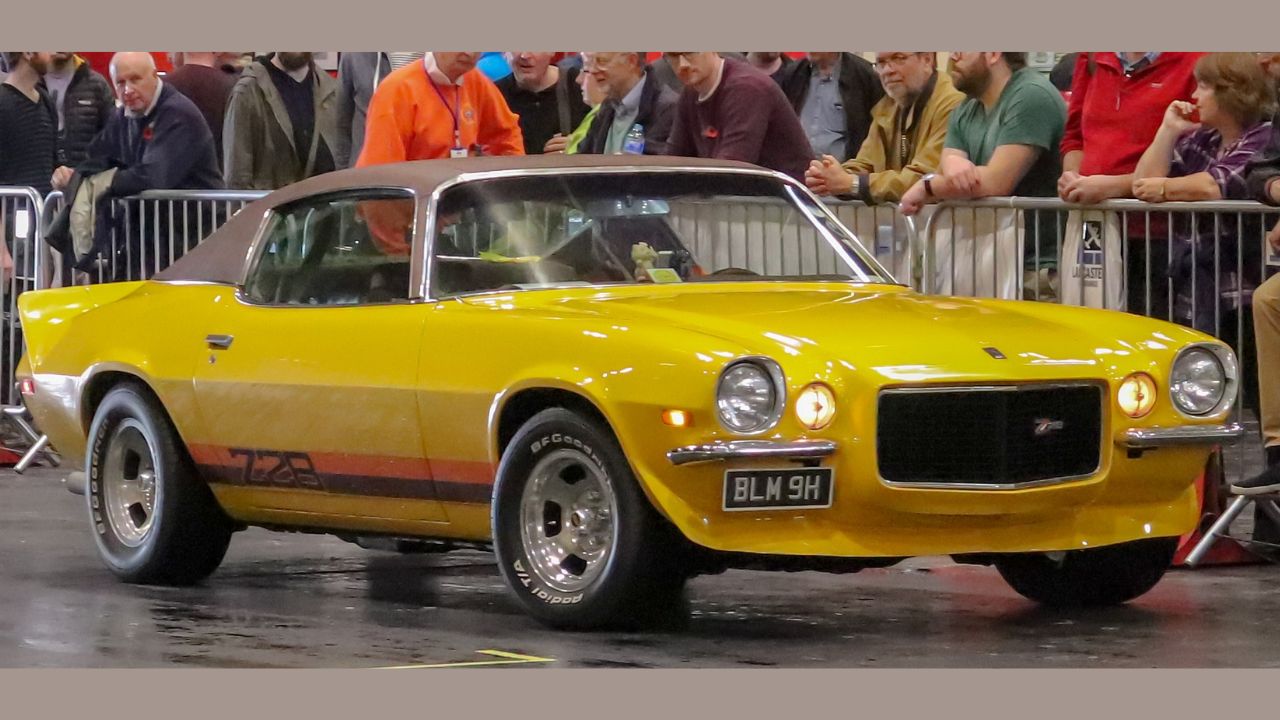
The 1970 Chevy Camaro Z28 wasn’t just another muscle car—it was an attitude on four wheels. With its aggressive styling, unmistakable stance, and a high-revving 375-horsepower small-block V8, this thing didn’t just drive, it roared. The Z28 was built to be fast, raw, and unapologetic. No fancy tech, no digital screens—just you, the road, and a car that felt alive.
Today’s Camaro is still a beast in its own right, loaded with modern engineering, refined handling, and insane horsepower figures. But while it checks every performance box, it’s missing that untamed energy of the ‘70 Z28. The old Camaro had an edge that can’t be programmed into a driving mode—it was wild, loud, and dripping with character. No matter how fast the new Camaro gets, it’ll never match the street presence of its classic ancestor.
1969 Dodge Charger vs. 2020 Dodge Charger
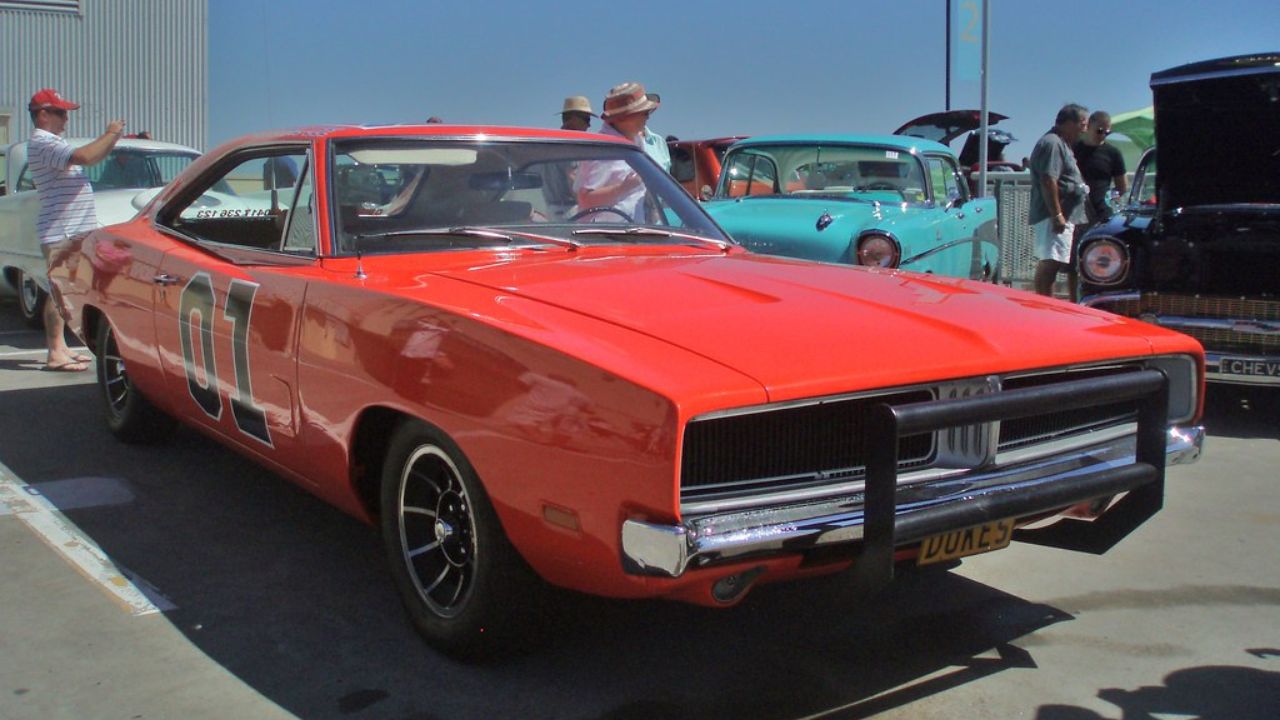
Back in 1969, the Dodge Charger was muscle car royalty. With its sleek Coke-bottle body, hidden headlights, and a thundering V8 lineup, it was the definition of street dominance. Whether you were lining up at the drag strip or starring in a Hollywood car chase, the Charger meant business. And let’s be honest—few cars have ever looked as menacing as a ‘69 Charger rolling up in your rearview mirror.
Jump ahead to 2020, and the Charger is still packing power, but now it’s a four-door sedan. Sure, the Hellcat and Scat Pack trims keep the muscle car flame burning, but it’s hard to compare them to the legend. The ‘69 Charger wasn’t just about performance; it had presence, personality, and a rebellious streak. The new one may be fast, but the old one was unforgettable.
1993 McLaren F1 Vs. Gordon Murray T.50
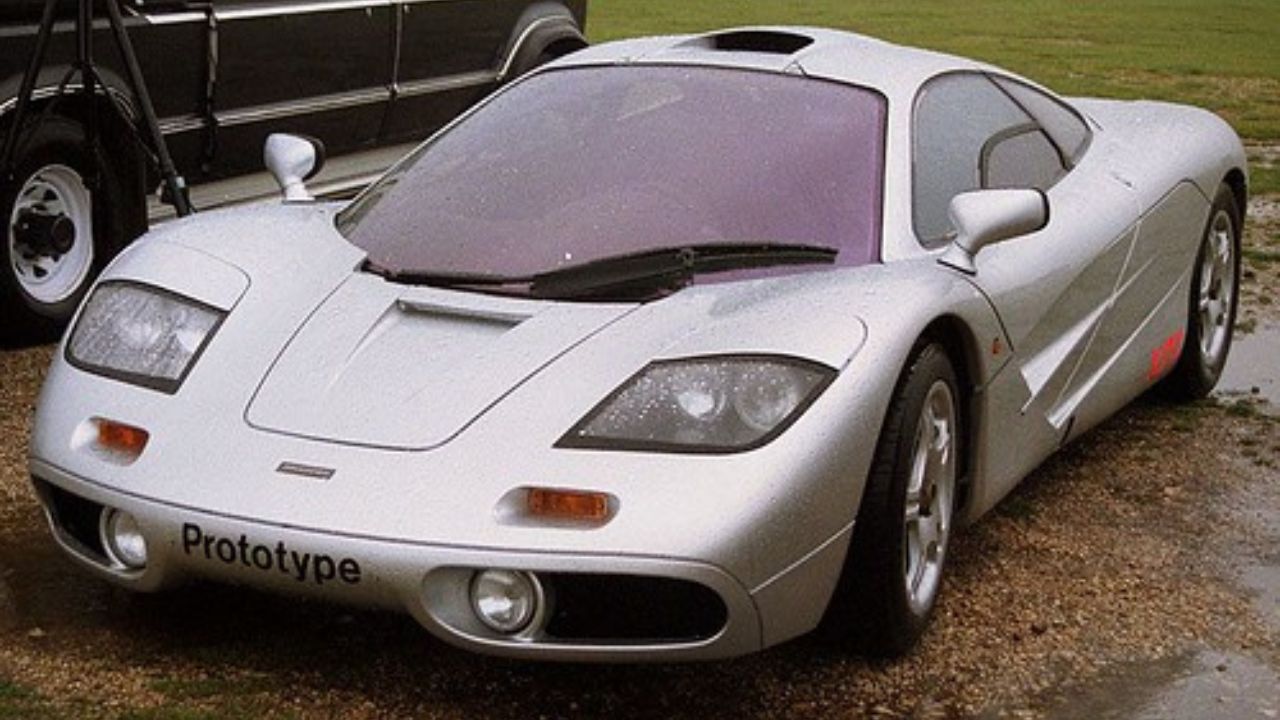
Gordon Murray’s T.50 is aiming to capture the magic of the McLaren F1, but let’s face it—that’s a nearly impossible task. The T.50 is an engineering masterpiece, packing a naturally aspirated Cosworth V12 that screams to 12,100 RPM and makes 654 horsepower. It’s light, it’s driver-focused, and it’s got the central driving position like the F1. But here’s the thing: the F1 didn’t need to try to be legendary—it just was.
Back in 1993, the McLaren F1 wasn’t just fast; it redefined what a supercar could be. It had no turbos, no hybrid tricks—just a 6.1-liter BMW V12 making 627 horsepower and a top speed of 240 mph. It held the title of world’s fastest production car for over a decade, and even now, it still feels untouchable. The T.50 may be the modern evolution, but the McLaren F1 is the one that changed the game.
FJ40 Cruiser vs. Toyota FJ Cruiser

The FJ Cruiser was Toyota’s attempt at bringing retro cool into the modern world, and to be fair, it worked—kind of. With its boxy design, rugged off-road capability, and quirky rear-hinged doors, the FJ Cruiser had personality. But let’s not kid ourselves—the FJ40 Land Cruiser was the real deal.
The FJ40 wasn’t just a tough off-roader; it was an unstoppable force. Built from the ground up to handle the harshest terrain, it was Toyota’s answer to the Jeep CJ. Simple, durable, and built like a tank, it was the kind of truck that could still be found running strong in the most remote corners of the world. The FJ Cruiser may have had nostalgia, but the FJ40 was built for war.
1994 BMW 850CSi vs. 2020 BMW 8-Series Coupe
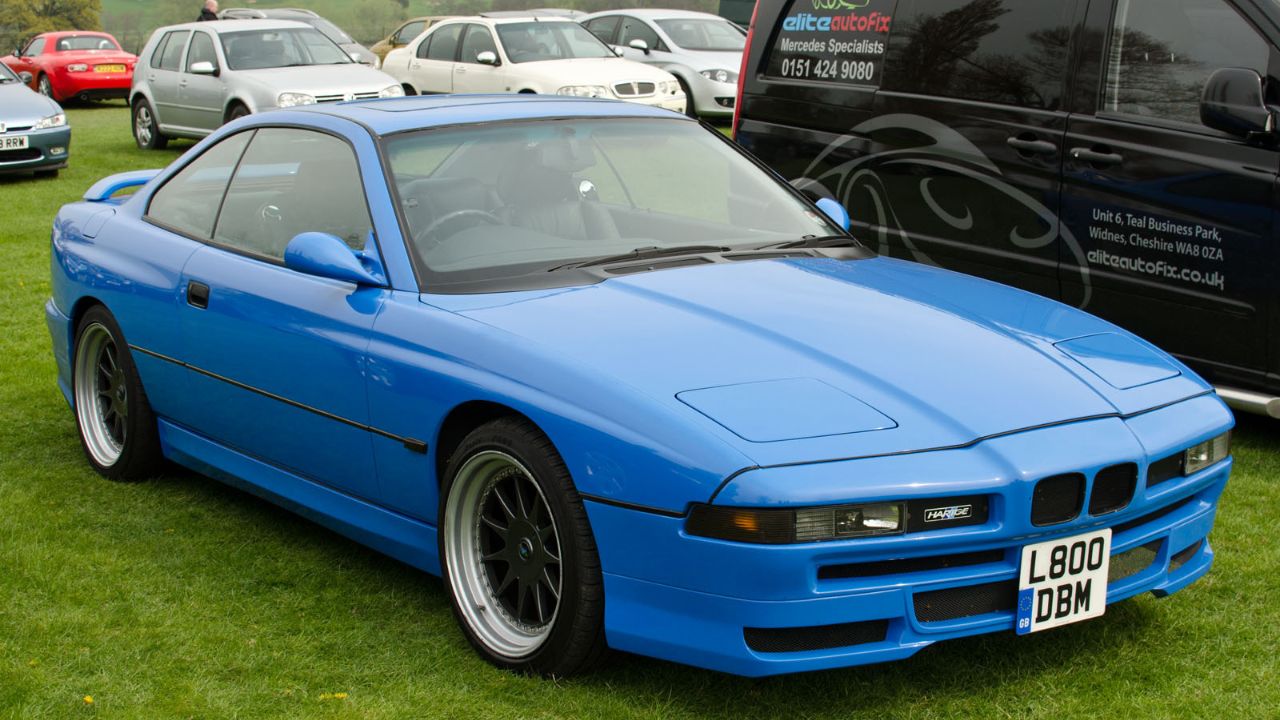
The 1994 BMW 850CSi was a grand tourer that didn’t just show up—it dominated. Packing a naturally aspirated 5.6-liter V12 pushing out 375 horsepower, it wasn’t just about luxury, it was about raw, unfiltered performance. It had one of the earliest drive-by-wire systems, stiffened suspension, and a steering feel that made you feel connected to every inch of the road. This wasn’t just a cruiser—it was a machine built for those who loved to drive.
Fast forward to the 2020 BMW 8-Series Coupe, and while it looks aggressive, it’s more about comfort than excitement. With turbocharged V8 power and all the latest tech, it’s fast, but it’s also refined to the point where it loses some of that driver engagement. The 850CSi was BMW at its best—where engineering met passion. The new 8-Series? It’s a great car, but it’s more about luxury than the thrill of the drive.
1990 NSX vs. 2022 NSX Type S
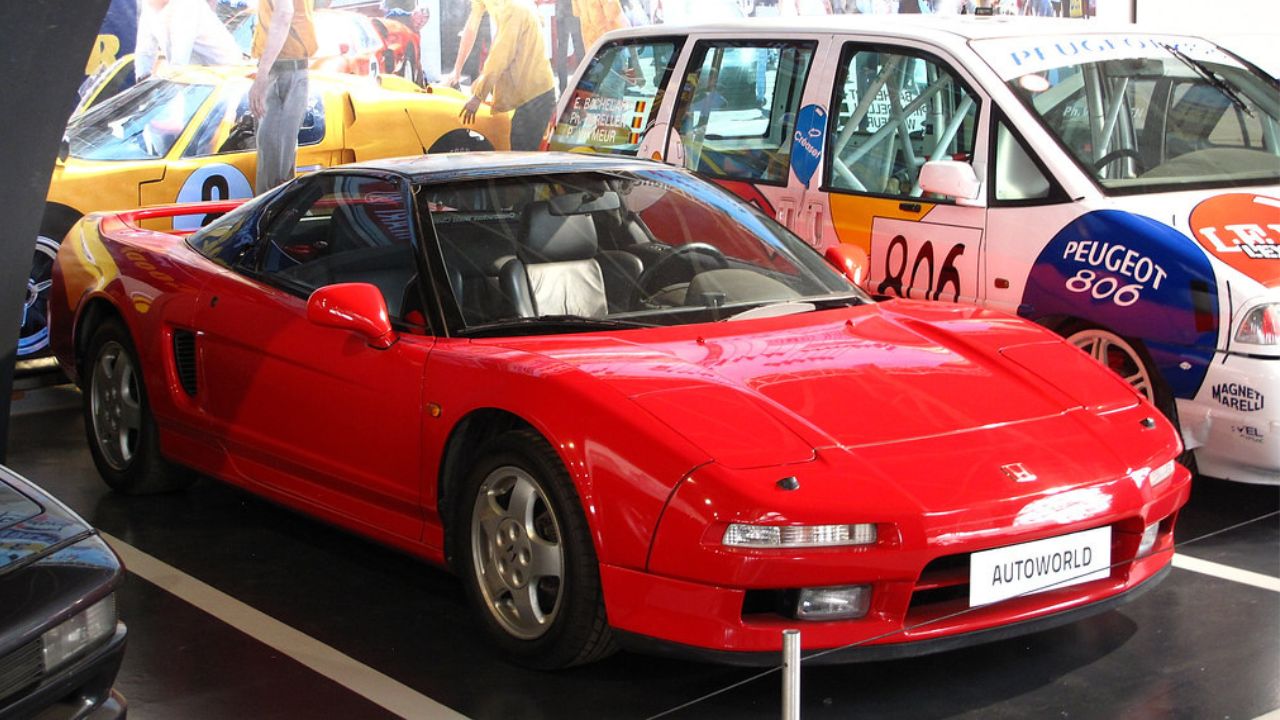
The original 1990 NSX was Honda’s mic drop moment. A supercar with daily-driver reliability? That wasn’t supposed to exist. But thanks to a 3.0-liter V6 with VTEC, a lightweight aluminum body, and input from Ayrton Senna himself, the NSX was a masterpiece. It wasn’t just fast—it handled like nothing else, offering a pure, analog driving experience that made it legendary.
The 2022 NSX Type S? It’s a technological beast, no doubt. A twin-turbocharged V6 paired with three electric motors cranks out 600 horsepower, making it the most powerful NSX ever. But here’s the thing—the magic of the original wasn’t just about speed. It was about feel. The new NSX is brutally quick, but it lacks that visceral connection that made the 1990 version so special. It’s an engineering marvel, but the OG NSX is still the one that enthusiasts dream about.
Toyota Supra MKIV vs. 2020 Toyota Supra
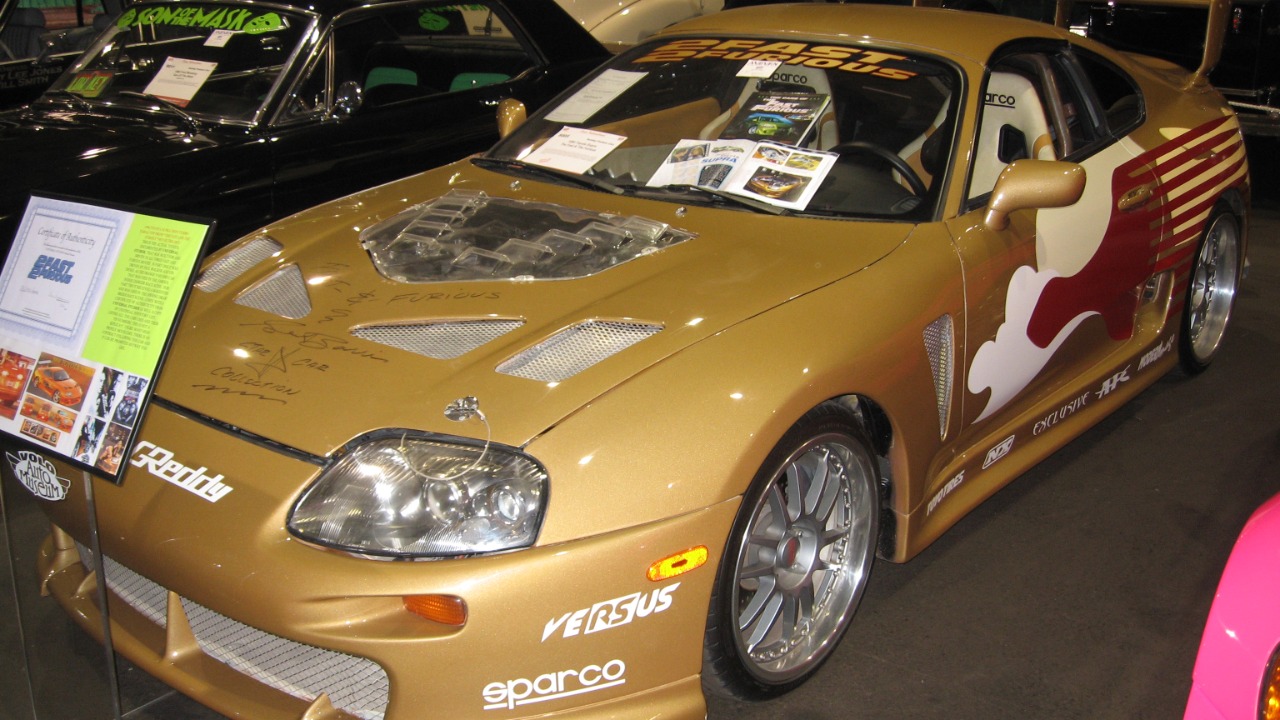
Few cars have reached the legendary status of the MKIV Toyota Supra. The 2JZ-powered beast wasn’t just quick—it was bulletproof. Tuners took its 276-horsepower rating and cranked it past 1,000 horsepower without breaking a sweat. Its sleek design, pop-up headlights, and Fast & Furious fame cemented its place as one of the most iconic sports cars of all time.
Then Toyota brought back the Supra in 2020… sort of. The new Supra is fast, no doubt, and the turbocharged inline-six is a nod to its roots, but here’s the catch—it’s basically a BMW Z4 underneath. It handles great, but it doesn’t have the raw, street-tough presence of the MKIV. The 2020 Supra is fun, but the MKIV is legendary. Toyota tried to bring it back, but some things just can’t be replicated.
1970 Dodge Challenger vs. 2023 Challenger SRT Demon 170
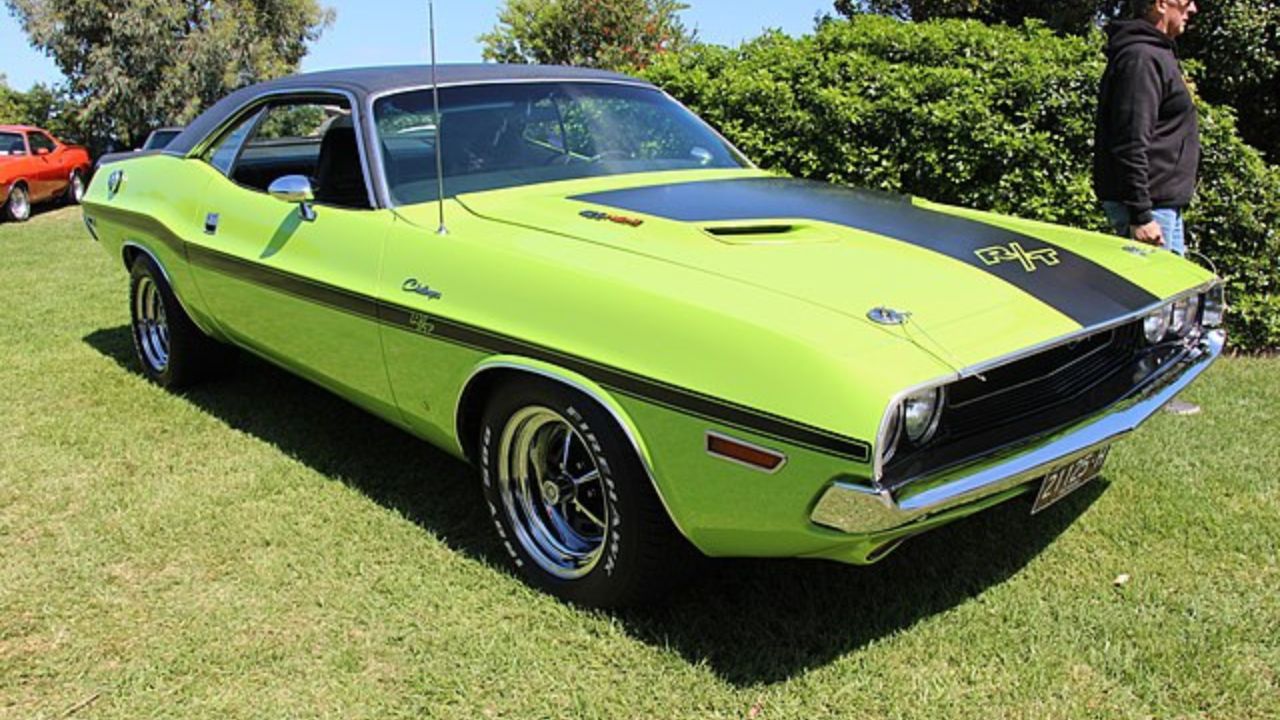
The 1970 Dodge Challenger was built to be loud, mean, and unapologetic. With its long, aggressive body and a 426 Hemi V8 packing 425 horsepower, this was Dodge’s answer to the Mustang and Camaro. And it didn’t just compete—it became a legend. The ‘70 Challenger wasn’t about lap times or efficiency; it was about raw, tire-shredding power and straight-line speed.
Fast forward to 2023, and the Challenger SRT Demon 170 is pushing an absurd 1,025 horsepower on E85 fuel. It’s the fastest production muscle car ever made, capable of hitting 60 mph in 1.66 seconds. But here’s the thing—while it’s an engineering marvel, it’s missing the rebellious attitude that made the original Challenger so special. The Demon is all about numbers, but the ‘70 Challenger had a presence that no spec sheet can capture.
Like Fast Lane Only’s content? Be sure to follow us.
Here’s more from us:
*Created with AI assistance and editor review.

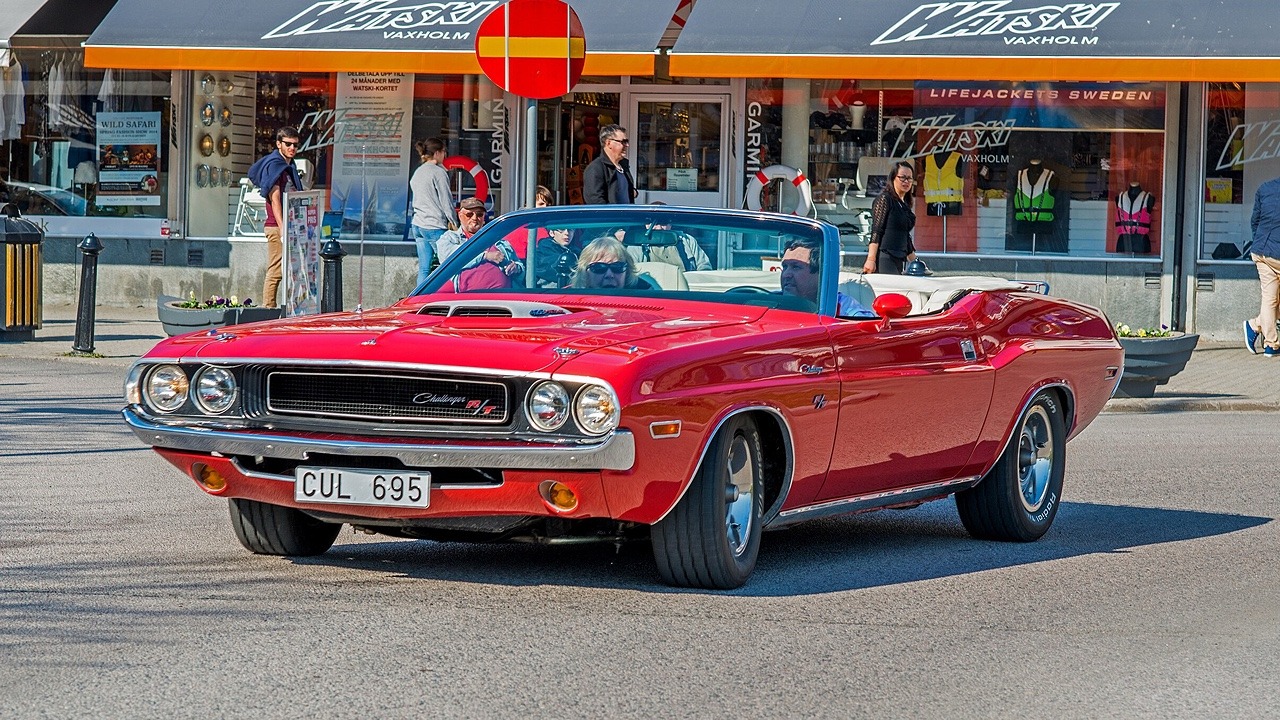
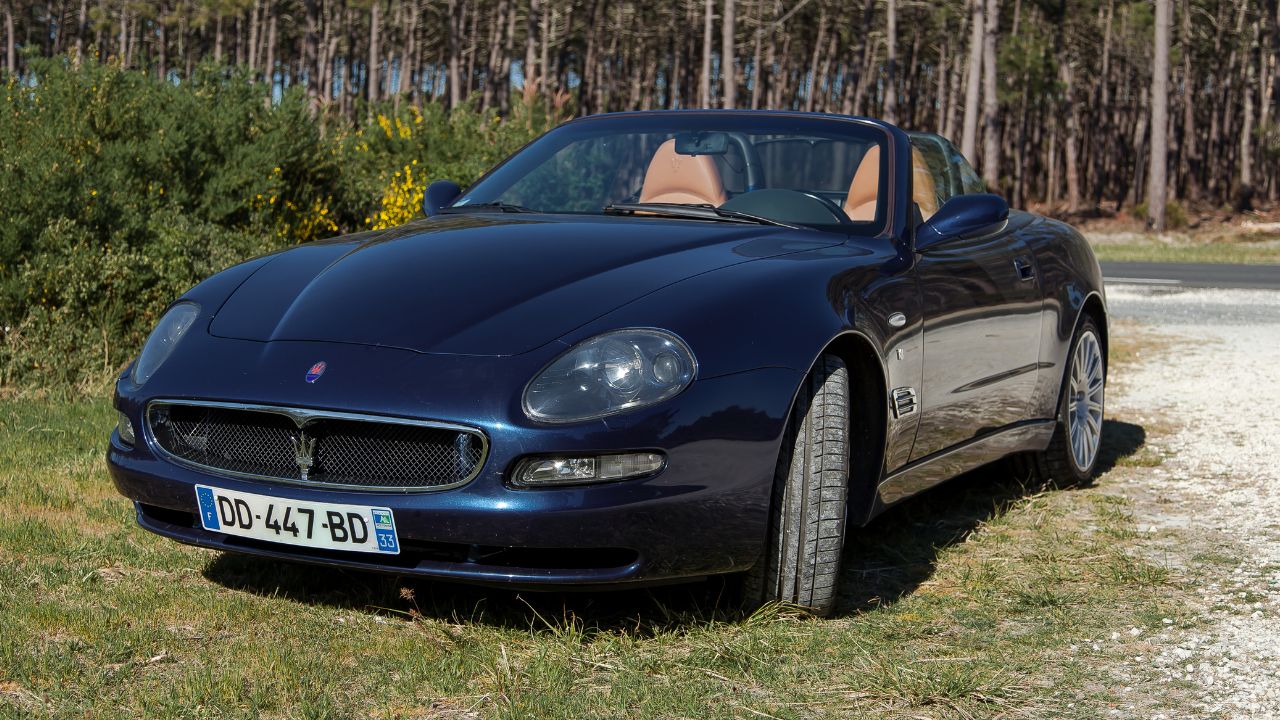
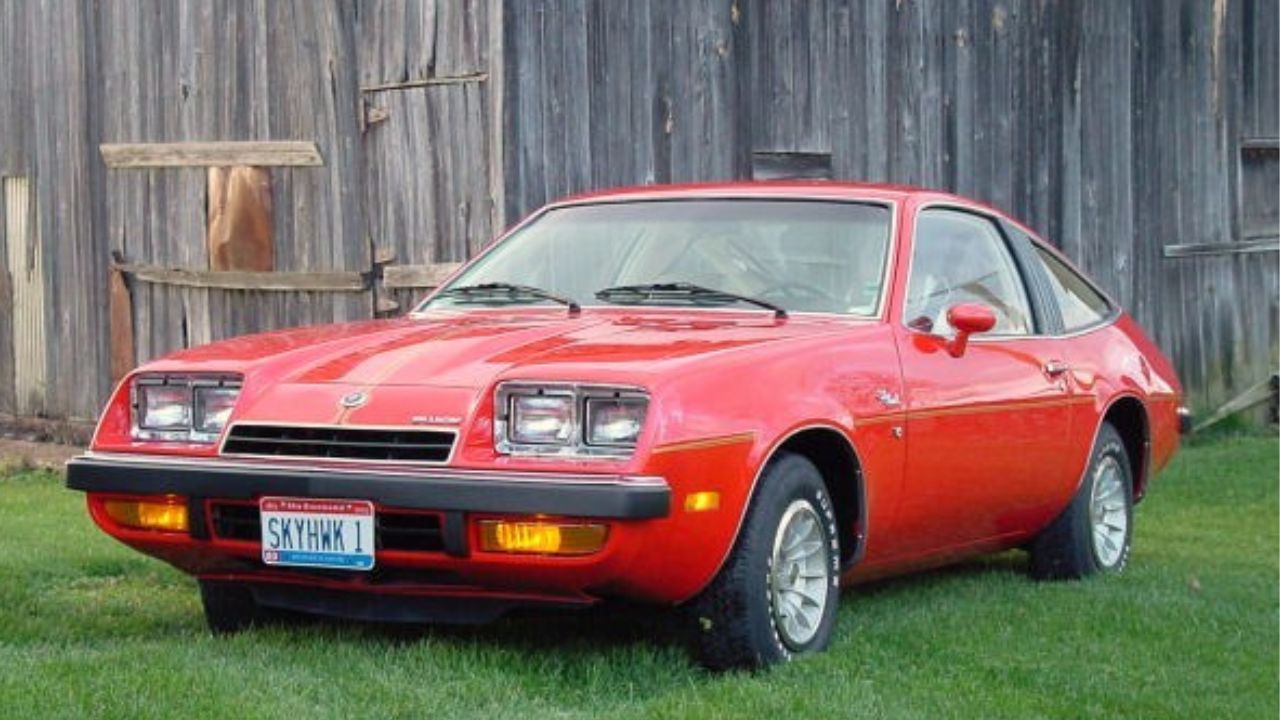
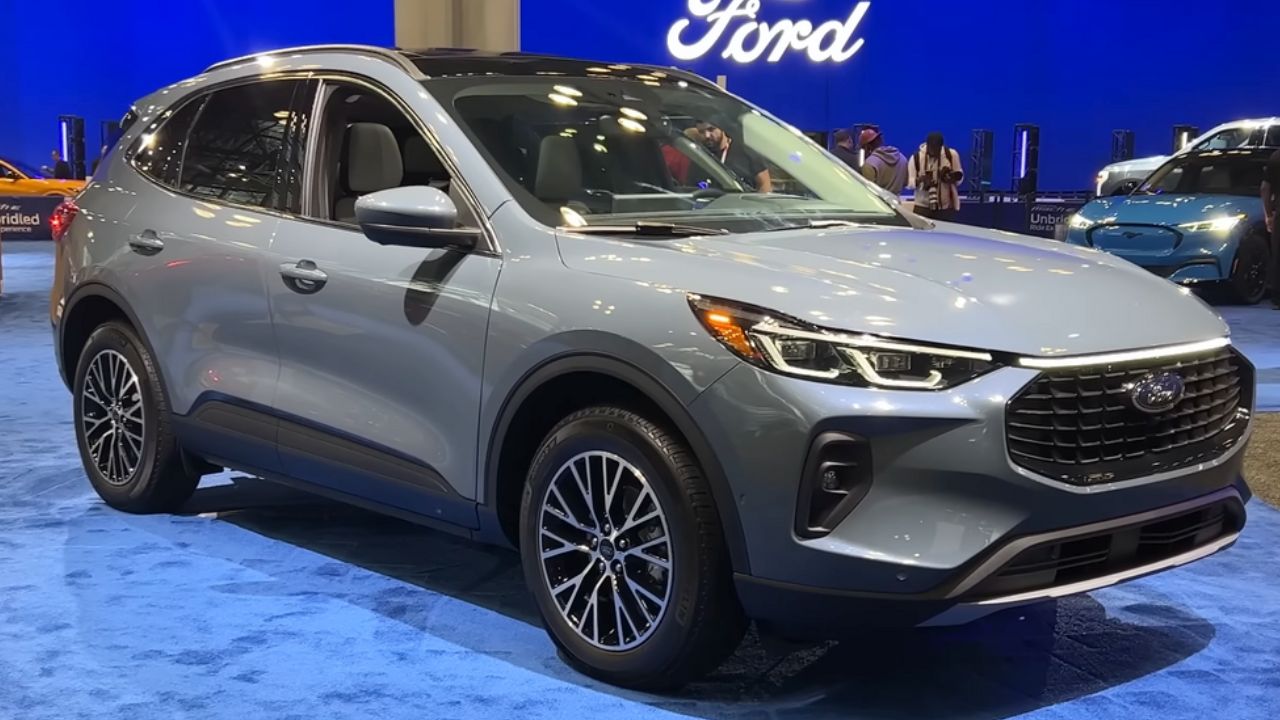
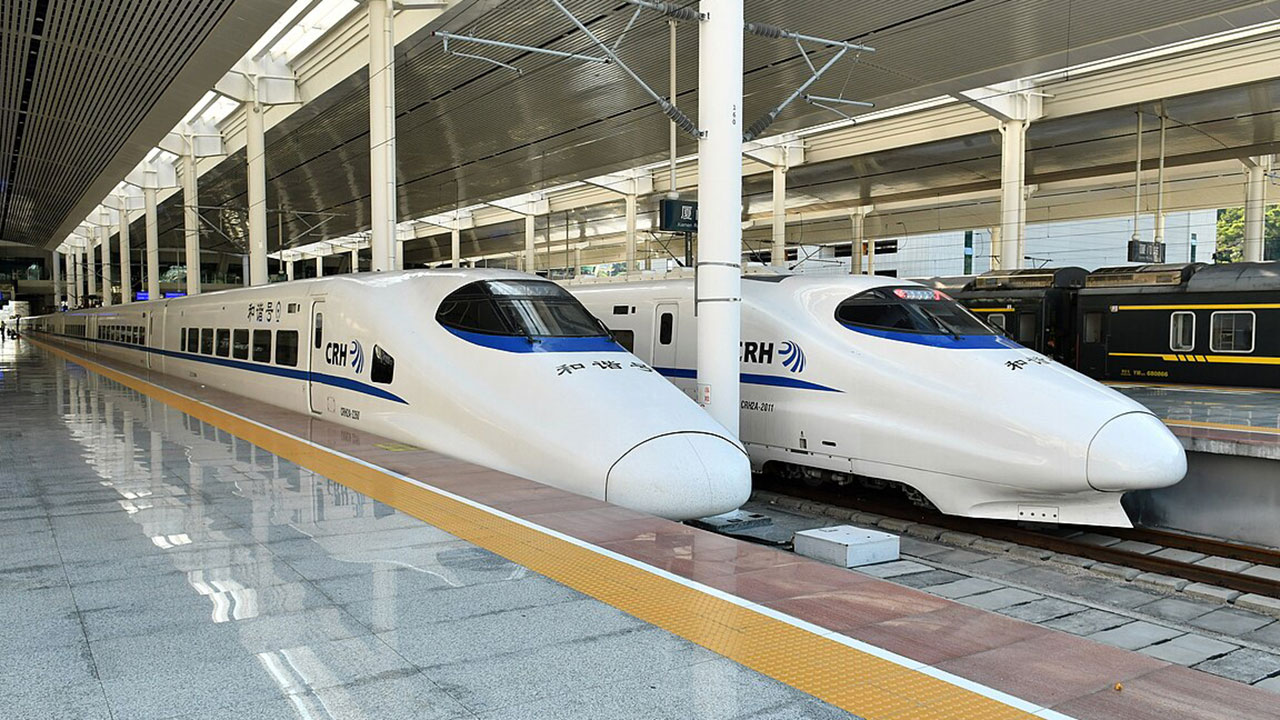
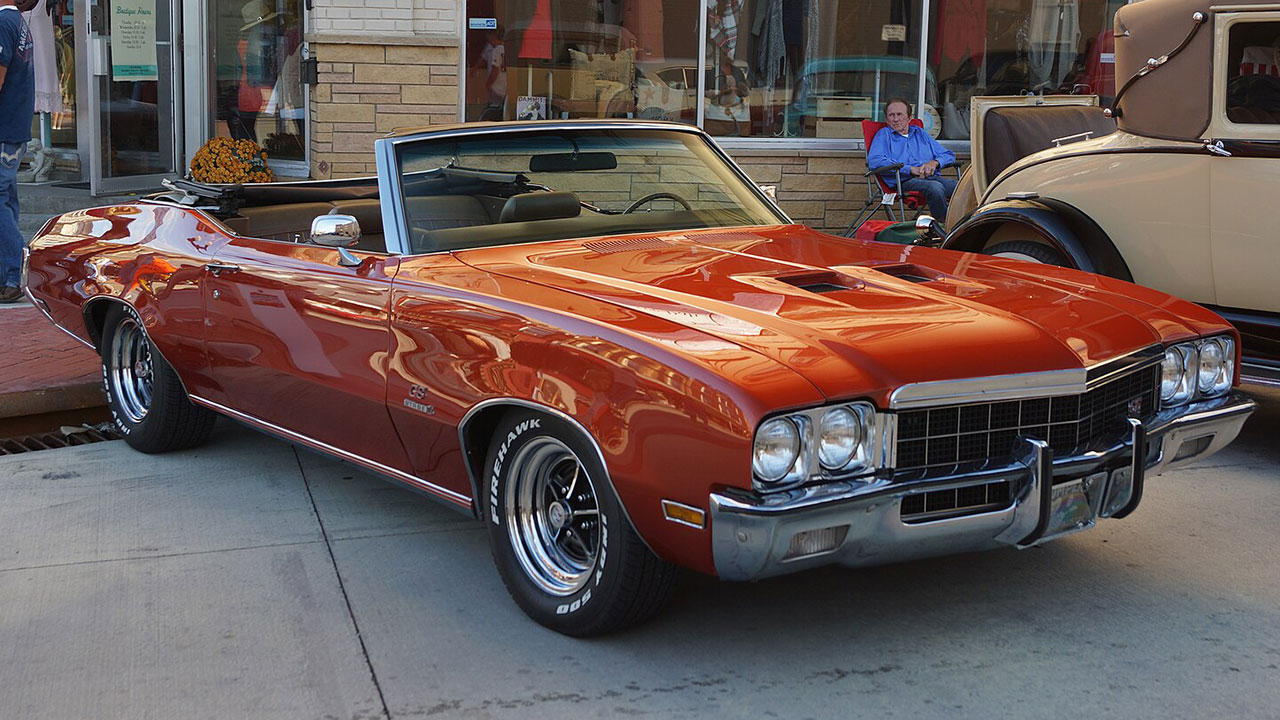
Leave a Reply